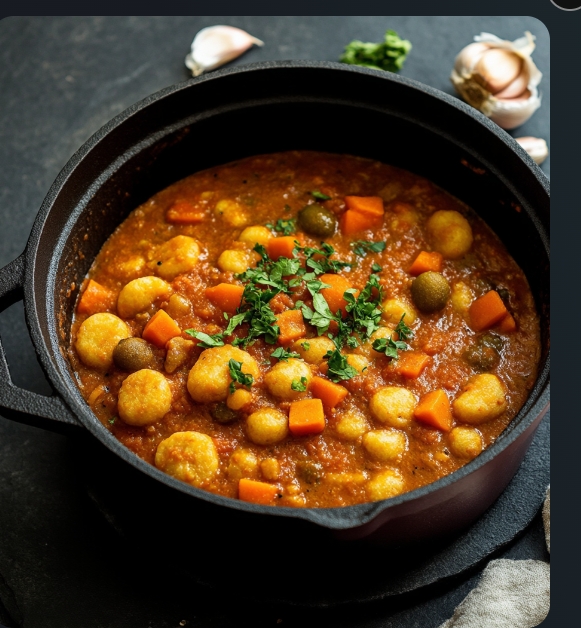
Global Cuisine: Exploring Traditional Dishes from Various Cultures
Global Cuisine: Exploring Traditional Dishes from Various Cultures. Embark on a culinary journey around the world! This comprehensive guide explores traditional dishes from diverse cultures, highlighting unique ingredients, cooking techniques, and rich culinary histories. Discover new flavors and expand your palate!
Keywords: global cuisine, international cuisine, world cuisine, traditional dishes, cultural food, ethnic food, culinary traditions, cooking techniques, recipes, food culture, food history, Asian cuisine, European cuisine, African cuisine, South American cuisine, North American cuisine, Mexican food, Italian food, Indian food, Chinese food, Japanese food, French food
Introduction:
Food is more than just sustenance; it’s a reflection of culture, history, and tradition. Exploring global cuisine offers a fascinating journey into the diverse culinary landscapes of the world, revealing unique ingredients, cooking techniques, and captivating stories behind each dish. From the aromatic spices of India to the delicate flavors of Japan, this comprehensive guide takes you on a culinary adventure, exploring traditional dishes from various cultures and highlighting the rich tapestry of global gastronomy.
Part 1: Understanding the Significance of Food in Culture
Food plays a central role in shaping cultural identity and traditions. It’s often intertwined with:
- Religious and Spiritual Practices: Many cultures have religious or spiritual significance attached to specific foods or dietary restrictions. For example, many religions have fasting periods or dietary laws.
- Social Gatherings and Celebrations: Food is integral to social gatherings, festivals, and celebrations, bringing people together and fostering a sense of community. Think of Thanksgiving feasts or Chinese New Year banquets.
- Family Traditions and Recipes: Culinary traditions are often passed down through generations, preserving family history and cultural heritage. Many families have signature dishes that are unique to their lineage.
- Regional Variations and Influences: Within a single country, regional variations in cuisine can be significant, reflecting local ingredients, climate, and historical influences. The diversity of Italian cuisine, for example, showcases this regional variation.
- Historical Context and Evolution: Culinary traditions evolve over time, influenced by trade, migration, and cultural exchange. Many dishes have fascinating historical stories behind their origins.
Part 2: A Culinary Journey Around the World
This section explores traditional dishes from various regions, highlighting their unique characteristics:
Asia:
- China: Peking Duck (Beijing), Mapo Tofu (Sichuan), Dim Sum (Cantonese), Kung Pao Chicken (Sichuan). Chinese cuisine is incredibly diverse, varying significantly by region. The use of soy sauce, rice, noodles, and a wide array of vegetables and meats is common.
- Japan: Sushi (various regions), Ramen (various regions), Tempura (various regions), Okonomiyaki (Osaka). Japanese cuisine emphasizes fresh, high-quality ingredients and delicate flavors. Seafood plays a prominent role.
- India: Butter Chicken (Punjab), Rogan Josh (Kashmir), Biryani (various regions), Samosas (various regions). Indian cuisine is renowned for its rich use of spices, creating complex and aromatic dishes. Rice and lentils are staples.
- Thailand: Pad Thai (Thailand), Green Curry (Thailand), Tom Yum Soup (Thailand), Massaman Curry (Southern Thailand). Thai cuisine balances sweet, sour, salty, and spicy flavors, often incorporating fresh herbs and chilies.
- South Korea: Kimchi (Korea), Bibimbap (Korea), Bulgogi (Korea), Korean BBQ (Korea). Korean cuisine features fermented vegetables (kimchi) and a balance of savory and spicy flavors.
Europe:
- Italy: Pizza (Naples), Pasta (various regions), Risotto (Northern Italy), Tiramisu (Veneto). Italian cuisine is known for its simplicity, emphasizing fresh ingredients and regional variations.
- France: Coq au Vin (Burgundy), Boeuf Bourguignon (Burgundy), Crème brûlée (France), Soufflé (France). French cuisine is renowned for its elegance and sophisticated techniques.
- Spain: Paella (Valencia), Tapas (various regions), Gazpacho (Andalusia), Churros (Spain). Spanish cuisine showcases a variety of regional specialties, often incorporating seafood and olive oil.
- Greece: Moussaka (Greece), Gyros (Greece), Greek Salad (Greece), Spanakopita (Greece). Greek cuisine emphasizes fresh vegetables, olive oil, and herbs.
- Germany: Sauerbraten (Germany), Bratwurst (Germany), Kartoffelsalat (Germany), Apfelstrudel (Austria). German cuisine features hearty dishes, often incorporating meat, potatoes, and cabbage.
Africa:
- Morocco: Tagine (Morocco), Couscous (Morocco), Pastilla (Morocco), Harira Soup (Morocco). Moroccan cuisine is known for its aromatic spices and use of tagines (slow-cooked stews).
- Ethiopia: Injera (Ethiopia), Wat (Ethiopia), Doro Wat (Ethiopia), Kitfo (Ethiopia). Ethiopian cuisine features injera (a spongy flatbread) and flavorful stews.
- South Africa: Bobotie (South Africa), Biltong (South Africa), Potjiekos (South Africa), Malva Pudding (South Africa). South African cuisine reflects its diverse cultural influences, incorporating both European and African traditions.
North & South America:
- Mexico: Tacos (Mexico), Enchiladas (Mexico), Mole (Mexico), Guacamole (Mexico). Mexican cuisine is characterized by its vibrant flavors, often incorporating corn, beans, chilies, and spices.
- United States: BBQ (various regions), Burgers (various regions), Pizza (various regions), Apple Pie (various regions). American cuisine is a melting pot of influences, reflecting the country’s diverse population.
- Peru: Ceviche (Peru), Aji de Gallina (Peru), Lomo Saltado (Peru), Papa a la Huancaína (Peru). Peruvian cuisine is known for its fresh seafood, unique spices, and Andean influences.
Part 3: Exploring Culinary Techniques
Different cultures employ unique cooking techniques that contribute to the distinctive flavors and textures of their dishes:
- Stir-frying: A common technique in East Asian cuisine, involving quickly cooking ingredients in a wok with a small amount of oil.
- Steaming: A healthy cooking method used in many cultures, preserving the nutrients and flavor of ingredients.
- Roasting: A versatile technique used to cook meats and vegetables, imparting a rich flavor and crispy texture.
- Braising: A slow-cooking method that results in tender and flavorful meats.
- Fermentation: A process used to preserve food and develop unique flavors, as seen in kimchi (Korea) and sauerkraut (Germany).
Part 4: The Importance of Cultural Sensitivity
When exploring global cuisine, it’s crucial to approach it with cultural sensitivity and respect. This includes:
- Accurate Representation: Avoid misrepresenting or simplifying cultural dishes. Research the historical and cultural context of the food you’re preparing.
- Proper Pronunciation: Learn the correct pronunciation of dish names and ingredients.
- Respectful Sourcing: Support businesses that ethically source ingredients and respect cultural traditions.
- Avoid Appropriation: Be mindful of cultural appropriation and avoid presenting dishes in a way that trivializes or misrepresents their cultural significance.
Conclusion:
Exploring global cuisine is a rewarding journey that expands your palate, broadens your understanding of different cultures, and fosters appreciation for the rich diversity of culinary traditions around the world. By embracing cultural sensitivity and respecting the history and significance of each dish, we can celebrate the vibrant tapestry of global gastronomy and savor the unique flavors that each culture has to offer. This guide serves as a starting point for your culinary exploration; continue to discover new flavors, learn new techniques, and appreciate the stories behind the food you eat.






